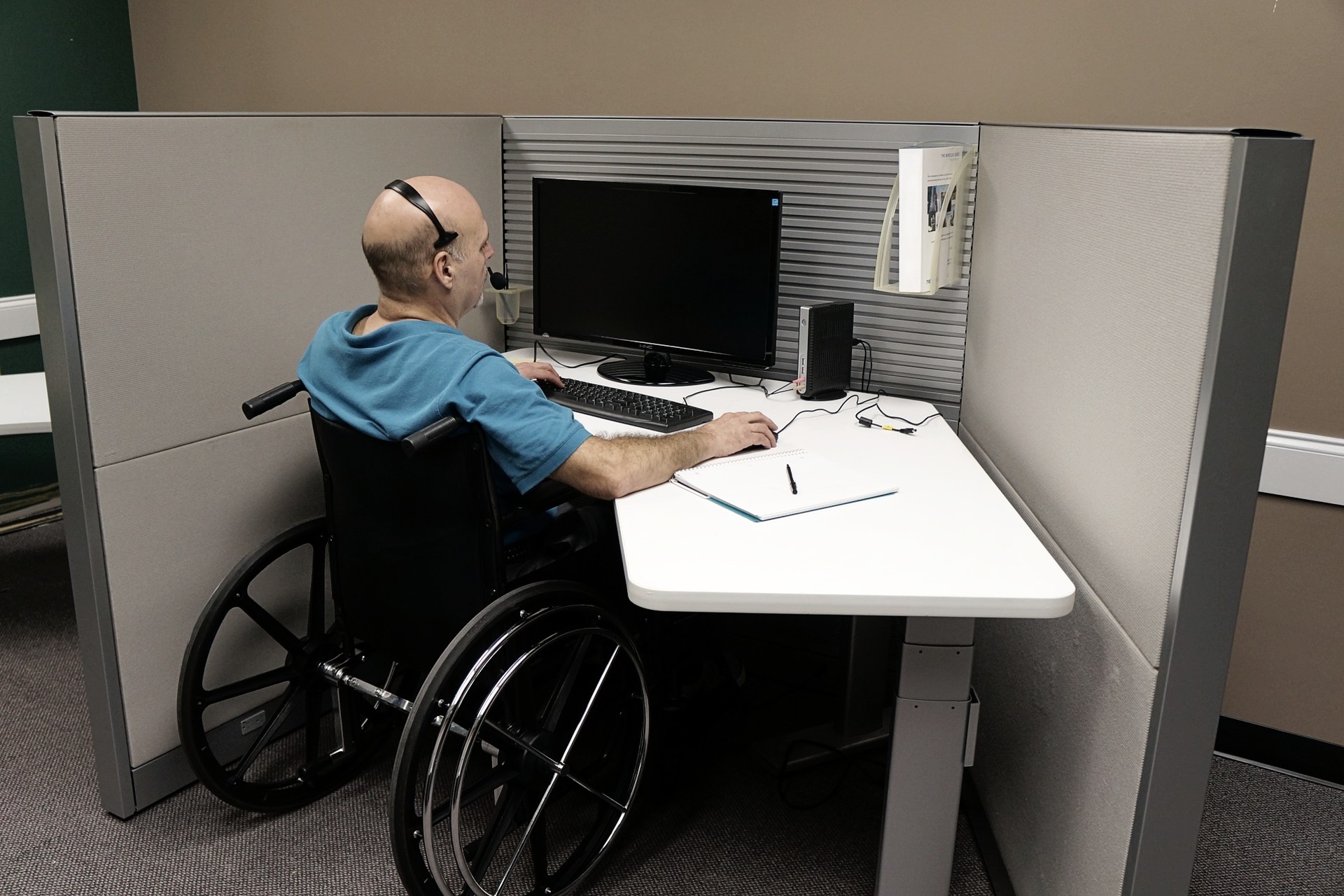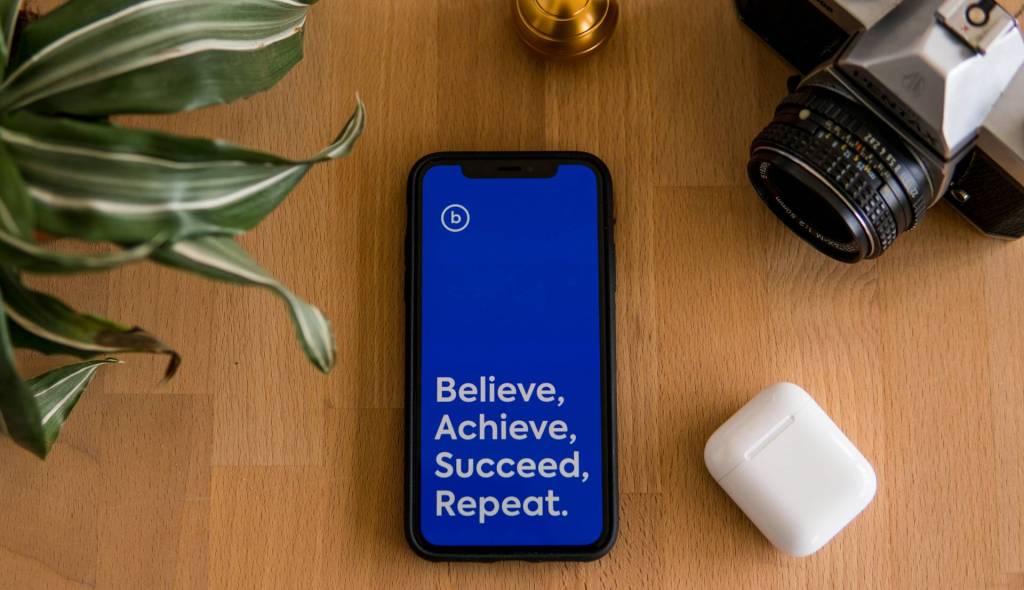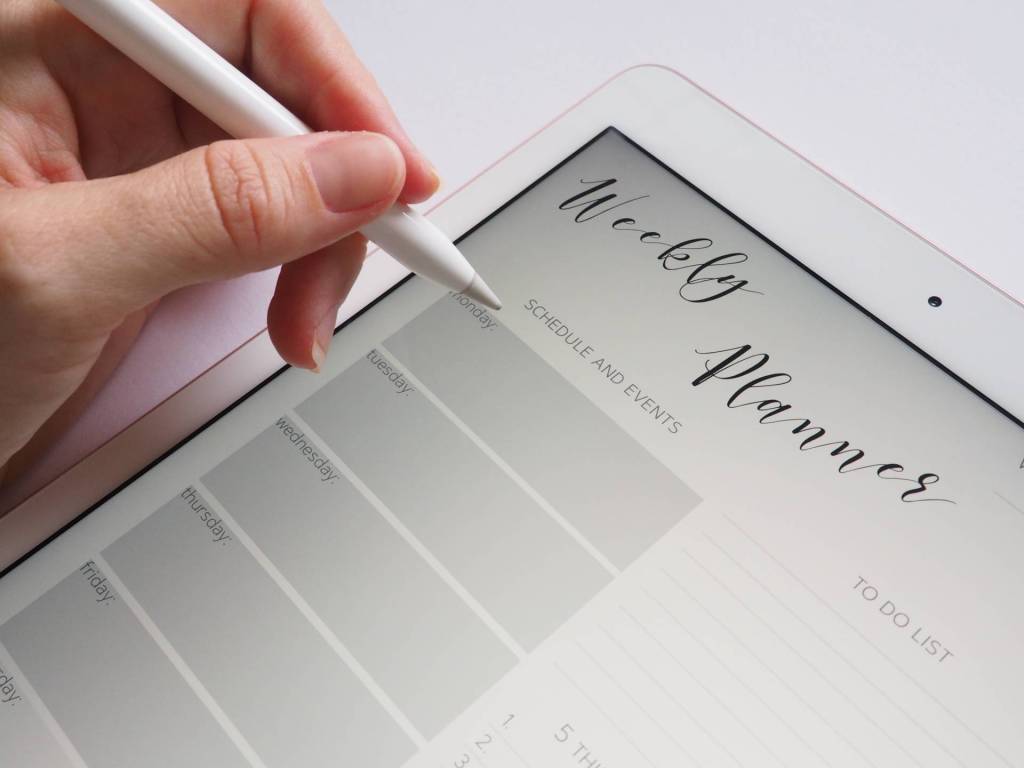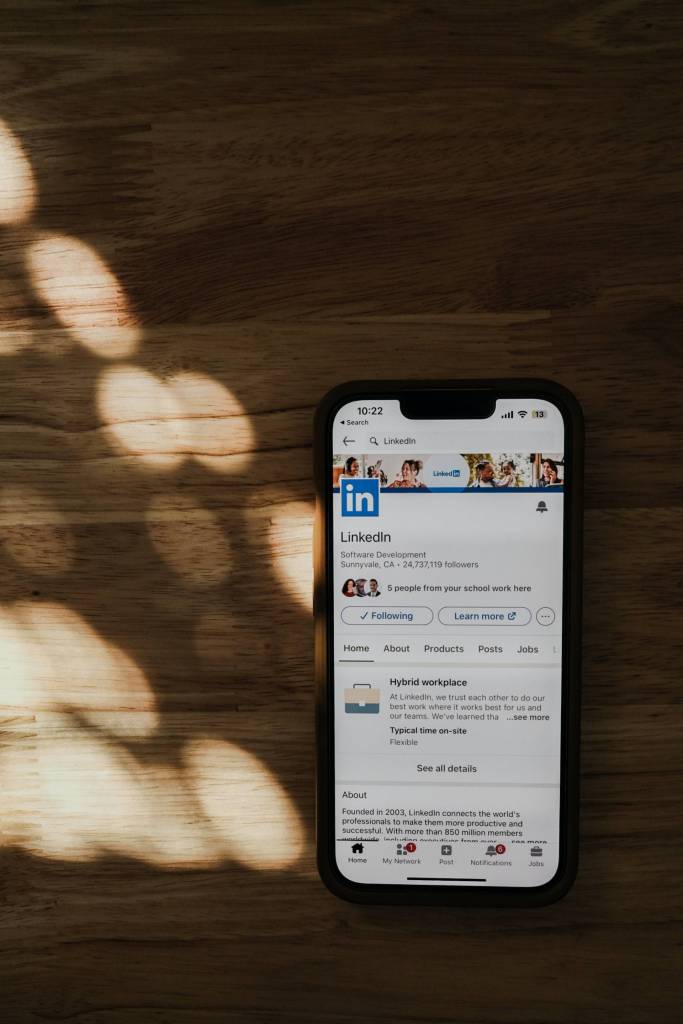Disability challenges come in all shapes and sizes. A person with disabilities (PWD) typically has a much harder time thriving in our society because of restrictions others do not face…or even think about. This can be especially true when it comes to career opportunities, hiring practices, and advancement.
Because of their disabilities, some employers — despite a desire to be fair — unconsciously perceive a PWD as incapable or weak. This makes it difficult to land a job, to say the least. Being viewed as a completely functional human being takes a lot of effort simply to be compared fairly to non-disabled applicants.
While nearly everyone encounters situations that block them from achieving their goals in the workplace, there are a lot more barriers that confront the PWD. Listed below are the five most common obstacles that employers should be aware of (and counteract) to provide a safe, healthy work culture for everyone.
1. Prejudice and Stereotyping, Conscious or Otherwise
A PWD’s greatest challenge in employment typically revolves around prejudice and stereotypes. Far too many still think of a PWD as weak and/or incapable of fulfilling job requirements. This can result in some companies or organizations not even allowing a PWD to advance to the interview stage of the job application process. Again, this might not be a conscious prejudice on the part of the employer, but it’s nonetheless a violation of the Americans with Disabilities Act.
On the other hand, if they are employed, some co-workers and customers can display an unwelcoming attitude toward a PWD. This is a dynamic that can no longer be denied as research and data consistently demonstrate that many PWD just don’t feel welcome in their workplace. Any hint of stigma harms an individual’s overall well-being and affects the entire workplace negatively. For every employee, it should go without saying that employment discrimination is illegal and will not be tolerated.
2. Program and Policy Barriers Can Unwittingly Multiply Disability Challenges
There are still businesses today that impose policies that only a non-disabled employee could possibly adhere to. In manufacturing and production jobs, for instance, companies might set a quota that an employee must meet each day.
It’s important to keep in mind that people, disabled or not, don’t move at the same speed. Disabled persons may find quotas discriminatory. The time allotted for them to accomplish the task may not be adequate or, for whatever reason, the PWD isn’t able to meet daily quotas.
People who struggle to keep up with other employees will require consideration and special treatment. While it’s good to treat a PWD like everyone else, especially to establish a mutually inclusive ambiance, there are instances where you also need to be accommodating.
One way to resolve this is by having a different set of policies that specifically address PWD challenges. Alternatively, the employer may provide training to help them excel at their specific roles. Fortunately, there are also companies such as cdslifetransitions.org that offer assistance to disabled persons to help them explore career interests. Organizations such as this provide on-the-job support in order for the PWD to hone the skills required for the job they’re considering.
3. Physical Barriers
Aside from mental, emotional, and psychological challenges to a PWD, there remain to this day physical limitations that often hinder them from completely functioning. These are environmental and structural issues that artificially limit them from maximizing their potential.
This could include the lack of equipment suitable for the disability of an individual or the absence of an elevator and wheelchair ramps. It can show up in a lack of specialized amenities such as a comfort room, accessible seats, and modern restrooms that an establishment fails to provide. When a company maintains facilities that can cater to the needs of a PWD, these contribute a great deal to boosting productivity.
By making the workplace disabled-friendly, a PWD will feel that they’re welcome. It creates a conducive environment for them to work productively. It also sends a strong message to non-disabled employees. Your workplace is a welcoming environment for visits from friends and loved ones who also face disability challenges.
4. Communication Issues
Before hiring a PWD, companies should be able to know and understand their needs so they can create an accepting workplace environment for them. Some disability challenges make communication difficult. Your workplace should both expect and accommodate that reality.
For visually impaired individuals, pay attention to any lack of braille printed items. Persons with cognitive impairments run into technical terminologies that may disrupt their communication flow. For deaf and mute people, a company-wide lack of knowledge of sign language will make it more difficult to exchange information. These are just some of the issues that concern communication. Human resources staff should address them immediately as communication is vital in the workplace.
If it’s not practical to teach all employees how to deal with disabled persons, designate at least one. Make sure your PWD employee has at least one trustworthy advocate on staff.
5. Difficulty Forming Relationships
Despite good intentions and best efforts from all, a disabled person may begin to feel that they’re incompetent. Oftentimes this is simply a result of how their work environment is set up.
People with disabilities are sometimes judged more harshly than others. This could be due to a false perception that they are incapable of keeping up with the pace set by the majority. Instead of opening up about what they feel, they begin to isolate themselves and set up unhealthy boundaries. This is where misunderstanding and mistrust often begin to set in.
It’s important to build positive relationships in the workplace. This is the first step to teamwork. Leaving even one person behind deals a blow to productivity. Left unattended, it could impair overall work operations.
There are many reasons why many disabled persons hesitate to apply for a job. Perhaps the biggest one is that they sense that not all employees will treat them kindly.
Disability Challenges Should Never Have the Final Word
It shouldn’t matter the social class you belong to or whatever gender and race you are. Everybody wants to have a place where it’s safe and comfortable to be themselves.
No one likes discrimination or unjust restrictions. No one likes artificial barriers to career advancement or facing unemployment as a result of discrimination. Everyone deserves a chance to achieve their goals despite disabilities.
We can build such a world where everyone can get along. One huge first step is to stop preventing disabled people from finding meaningful employment. In your workplace, make necessary adjustments to accommodate the needs of all employees.













